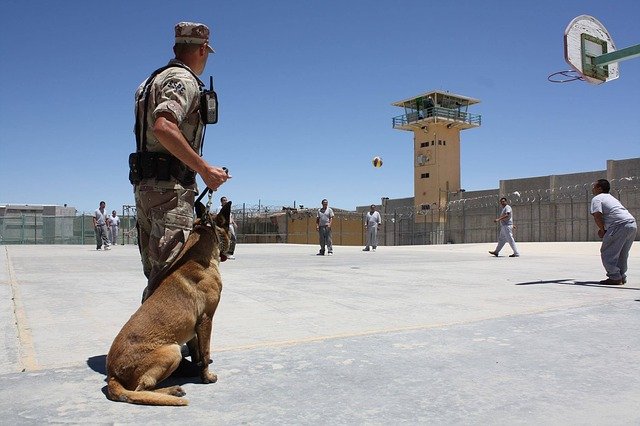s. Both the owner and the pet can enjoy the experience and become closer as a result. You will learn how to train your pet and enjoy the experience, after reading the tips in this article. If your crate training your new dog or puppy make sure that they understand the crate is their own personal space. Never use the crate as a punishment otherwise they will start to look at it as a bad place and will try to start resisting going inside of it.
Try These Ideas To Help:
- Swatting or hitting your dog is not a good training method. If you attempt to train your dog in this manner, all you are teaching them is to be scared of you. Eventually, the dog will stop listening to voice commands, and will only respond to you raising your hand. Getting a dog’s loyalty through fear is a mistake on the owner’s part.
- Just because your dog is obeying you, do not assume that they are done learning. Your dog is always learning. Never stop reinforcing good behavior. This is especially important if you move. A new surrounding can be very distracting for a dog. You might have to reteach them a great deal.
- Focus on making the training sessions with your dog fun. All animals behave better when they enjoy being good. Use whatever your dog likes, including toys, attention and privileges, to help make training a game rather than a chore. You will probably be surprised at the type of results you get from your animal.
- Always keep fresh water available to your dog when he is being trained using a crate. One way to do this without making a mess is to furnish the crate with a rabbit water bottle. Just attach it to the outside of the crate with the tip sticking inside. Your dog will quickly learn to drink from it.
How to Train:
- Puppy chewing is a natural and necessary behavior, but it can be redirected. A puppy’s chewing is one way that he explores the environment around him. Provide your puppy with clear leadership and a lot of human interaction and stimulation. Also, provide him with fun chew toys. This will help stop him from chewing on the things that he should not be chewing on.
- When you are working on commands with your dog, work only on one command at a time, and only say the command one time. Do not say the command word more than once. Your goal is for your dog to obey the command immediately. You don’t want to have to say the same thing over and over.
- At a very young age, puppies are able to learn simple commands. If your puppy is tired, highly excited, or exploring his space, your training session will probably not be very successful. You will need your puppy’s full attention to assure your training session is worth your time.
- Make sure you and your family are consistent with your commands. If one person uses “down” to tell the dog to get off the couch while another says “off” and a third is letting him lay there, the dog is going to get mixed signals. It makes it much more difficult for him to learn the commands.
- If you don’t want your new puppy to chew on your belongings, take ownership of them and keep them out of his reach. A new puppy is naturally inclined to chew, and a fresh shoe or purse can look very inviting. If you only keep items that the puppy is allowed to have within his reach, your valuables will remain safe.
Final Verdict:
Be consistent when you’re training your dog. Your dog doesn’t understand what your praises mean. Pick one form of praise to use such as: “Good Girl” or “Well Done” and use the same phrase every single time. This will teach your dog that you are praising him or her, and when your dog hears the chosen phrase, he or she will understand it is a compliment. Now that you know the best ways to train your dog, you can go ahead and apply these techniques. Your dog will learn, now that you have learned. You and your dog are bound to have a great relationship, as long as you have lots of patience and use positive reinforcement.
